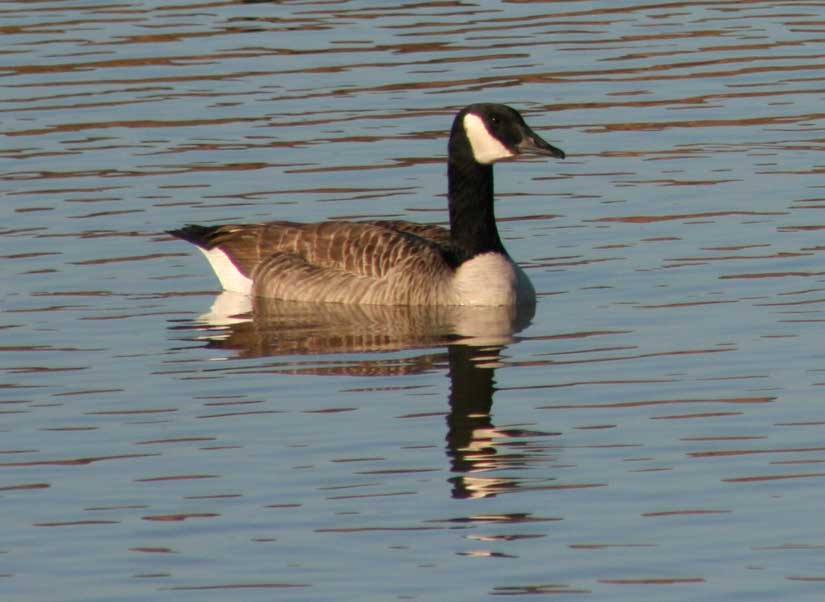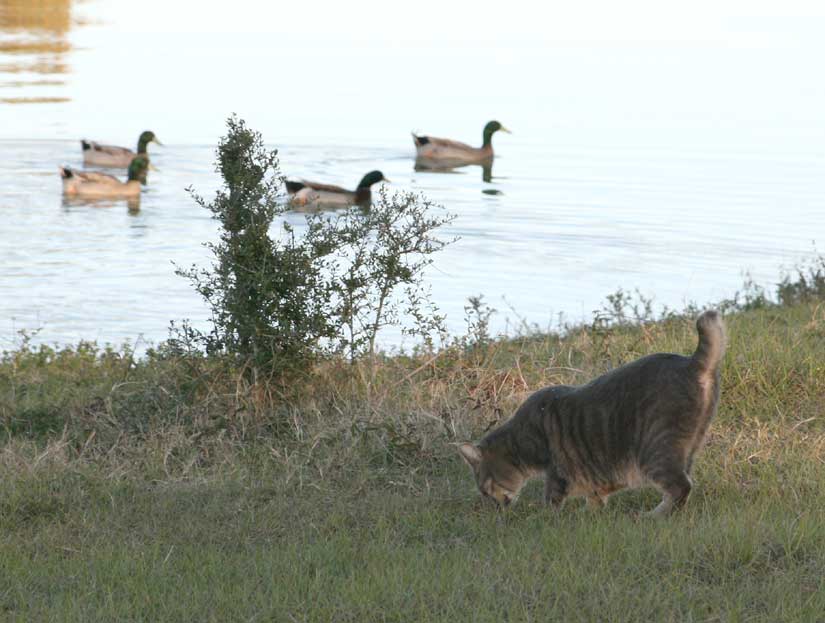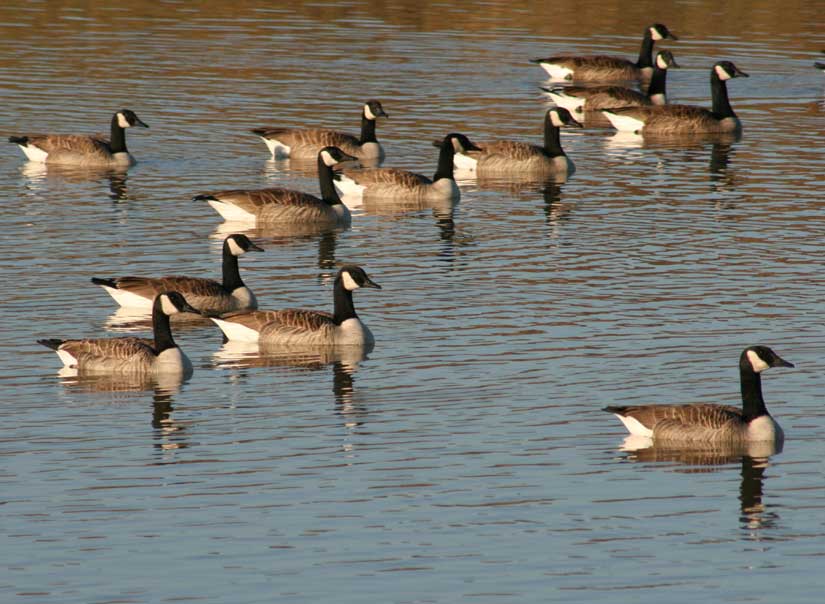Canadian Geese Wintering in Walnut Hill
December 3, 2007
It’s a scene that has been repeating itself about a month now. Just before sunset, a large flock of birds flies over Highway 97 near Gobbler Road in a majestic triangle. Passing motorists quickly notice that these birds are different than what is normally seen in the North Escambia area. With wingspans up to five feet and a weight of 20 pounds, these are no ordinary birds heading west toward the setting sun.
But for Jimmy and Doris Van Pelt, the view of these birds is much better each day. About a month ago, Mrs. Doris headed down to their pond, which is tucked away in a hollow just out of sight of Highway 97, to feed her ducks. But she and her cat Mr. Subs found several extra friends that day. Sixty three extra friends to be exact, visiting her Muscovy ducks, Mallard ducks and her neighborhood herons.
All those Canadians that visit the Gulf beaches ever winter — the locals call them snowbirds — can’t compare. You see, Mrs. Doris has real “snowbirds” hanging out everyday at her pond. These snowbirds are the real deal…Canadian geese.
Yep…Canadian geese in Florida. Sounds unusual. And it is. The Florida Fish and Wildlife Commission estimates that in an average winter there are about 1,000 Canadian geese in Florida. Of those, most are actually permanent residents of the area around Orlando and Tallahassee. They estimated that in recent years, only about 200 or so actually migrate into Florida from Canada.
Some might think their visit here is nothing unusual, remembering when they were much more common in these parts. Perhaps back during their childhoods. And they would be right, the Fish and Wildlife Commission says that about 47,000 Canadian geese used to visit the Florida Panhandle each winter during the 1960’s. But into the next decade, those numbers dwindled due to the expansion of farming in the Tennessee Valley. With the new foods supplies available to our north, the geese simply did not fly this far south.
 On NorthEscambia.com’s recent visit to Mrs. Doris and her pond, there were 43 Canadian geese leisurely floating about. That’s down from the 63 she first counted about month ago. She does not know what happened to the others, but she speculates they’ve fallen to coyotes or other animals.
On NorthEscambia.com’s recent visit to Mrs. Doris and her pond, there were 43 Canadian geese leisurely floating about. That’s down from the 63 she first counted about month ago. She does not know what happened to the others, but she speculates they’ve fallen to coyotes or other animals.
But there’s always the rest of the story to tell. The beauty and splendor of these visiting Canadians has not been without its downside. For the farmers with fields that are near Mrs. Doris’ pond, the geese are not welcomed.
The encyclopedia says “The diet of the Canada Goose generally consists of green vegetation and grains.” Winter wheat is just beginning to break through the ground in Walnut Hill. You do the math. It’s not hard to see the problem here for the farmers. Entire areas are being picked clean in the fields. It’s like the ultimate all you can eat buffet for the geese.
So they are nice to watch, but need to go, some might say. But there’s a catch. It’s called the Federal Migratory Bird Treaty Act. This makes any direct control, such as killing, touching, or disturbing live geese, nests, or eggs by a person or his/her property, of problem geese…well, a problem. And a violation of federal law. The farmers are left to wonder what to do.
 In the meantime, Mrs. Doris will continue watch the geese in awe. When NorthEscambia.com visited with her, she hopped into her golf cart and headed down the hill to the pond, delighted to introduce her new found friends from up north. Mrs. Subs the cat wondered down the hill behind her. Under the fence he went, watching the Mallard ducks with that wide-eyed look only a cat can give. With a swish of his bobtail, he thought about pouncing on a duck that passed by. He declined, knowing the pain and suffering that a Mallard can inflict on a little bobtail kitty. No Mallard today for Mr. Subs.
In the meantime, Mrs. Doris will continue watch the geese in awe. When NorthEscambia.com visited with her, she hopped into her golf cart and headed down the hill to the pond, delighted to introduce her new found friends from up north. Mrs. Subs the cat wondered down the hill behind her. Under the fence he went, watching the Mallard ducks with that wide-eyed look only a cat can give. With a swish of his bobtail, he thought about pouncing on a duck that passed by. He declined, knowing the pain and suffering that a Mallard can inflict on a little bobtail kitty. No Mallard today for Mr. Subs.
But then he turned toward the pond. There in the reflection of the golden hillside, those huge Canadian geese swam toward the shore in the dimming light of the setting sun. Oh how he wanted one of those. He looked for a while, then turned back toward Mrs. Doris. Maybe tomorrow.
The geese turned back toward the center of the pond, preparing for their late afternoon flight west. They would be back in the morning, to spend their day on Mrs. Doris’ Walnut Hill pond.
(And you if know where the geese are going at night, NorthEscambia.com and Mrs. Doris would love to know. Click here to contact us, and let us know.)




Comments